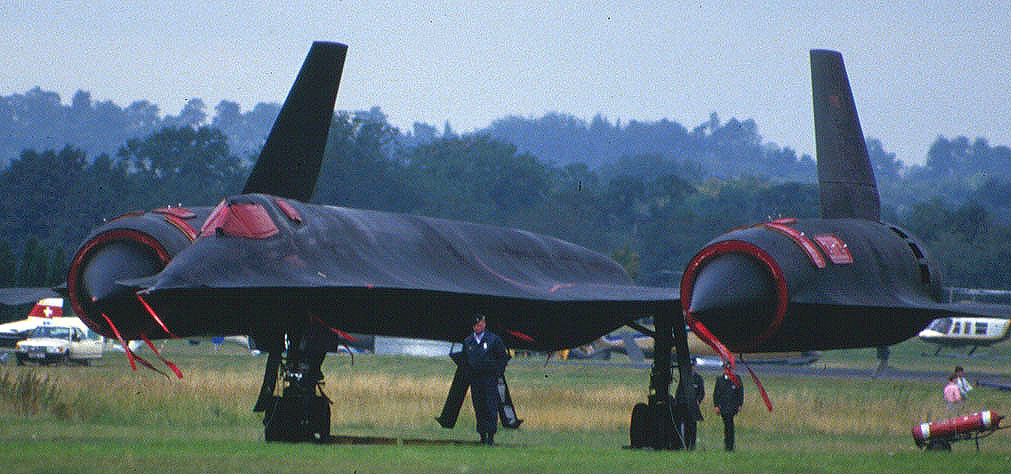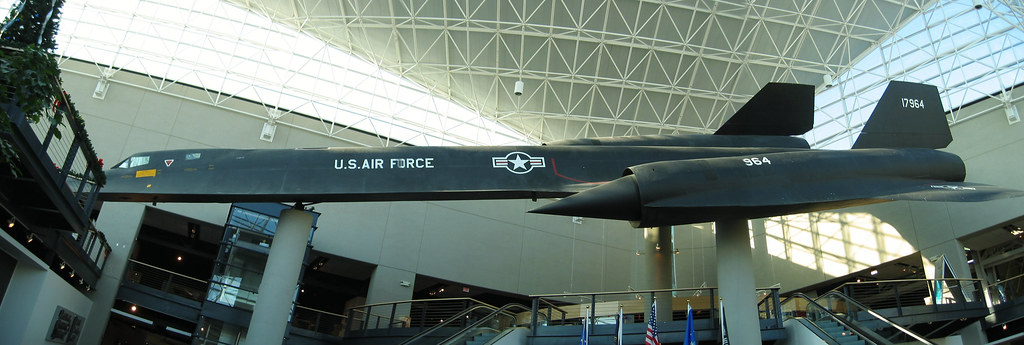
In the high-stakes era of the Cold War, aeronautical achievements were as much a part of the arms race as nuclear arsenals. Among these achievements, the Swedish Saab 37 Viggen jet fighter etched its name into history with a remarkable feat: it managed to lock onto the SR-71 Blackbird—America’s fastest and most elusive spy plane.

This tale of underdog triumph resonates with military tech aficionados, especially those with an interest in aerial encounters and strategic ingenuity.

The SR-71, known for its blistering speeds exceeding Mach 3.0, was believed to be untouchable by enemy aircraft.

But the Viggen, introduced in 1971 and boasting impressive capabilities of its own, including a speed of Mach 1.7 and an armament capacity of nearly 16,000 pounds, rewrote this narrative.

Despite its speed disadvantage, the Viggen’s sophisticated radar systems and strategic planning allowed Swedish pilots to execute successful intercepts multiple times.

One such Viggen pilot, Per-Olof Eldh, recounted his encounters with the SR-71, “In total I have five hot intercepts against the SR-71 to my credit.”

The key to these intercepts was not just the Viggen’s hardware but also the brilliant tactical maneuvering of the Swedish Air Force, which relied on detailed planning and execution.

Perhaps the most heart-stopping of these encounters occurred on June 29, 1987, when a Viggen unit came to the aid of a crippled SR-71. The Blackbird, piloted by Lt. Cols. Duane Noll and Tom Veltri, experienced an engine explosion over the Baltic Sea.

Swedish Viggens were scrambled to intercept and escorted the damaged Blackbird to safety—a move that prevented a potential international incident. For their actions, the Swedish pilots were later awarded the U.S. Air Force’s Air Medal.

The SR-71’s routine routes, known as the “Baltic Express,” and the consistent entry point called “Codan” near Copenhagen were crucial in allowing the Swedish forces to anticipate and meet the Blackbird head-on.

The Viggens would climb rapidly and accelerate to Mach 2 speeds, placing them in a position to lock onto the SR-71 as it approached. The audacity and precision of this tactic were unmatched.

Sweden’s Viggens showcased the country’s neutral stance during the Cold War as they intercepted not just Soviet but also NATO aircraft, including the American SR-71.

Their successful engagements against the Blackbird underscored the importance of superior strategy and training over raw performance capabilities.

The Viggen’s story is a remarkable chapter in military aviation, illustrating that with the right combination of technology, skill, and tactical acumen, even the seemingly invincible can be outmaneuvered.

The eventual retirement of the Viggen in 2007 marked the end of an era for an aircraft that had not only challenged but had also triumphantly interacted with the apex of American aviation prowess.
Relevant articles:
– Sweden’s Saab 37 Viggen Fighter: The Only Jet to Ever Catch an SR-71 Blackbird, The National Interest
– JA-37 Viggen: The Only Foreign Jet to Ever ‘Catch’ the SR-71 Blackbird, The National Interest
– How Saab’s Viggen Jet Fighter Locked Onto the US SR-71 Blackbird, autoevolution
– Image Of Millennium! How Swedish Viggen Fighters ‘Saved’ US SR-71 Blackbird From Russian MiG-25 Foxbat, EurAsian Times

